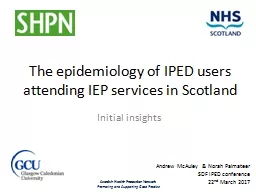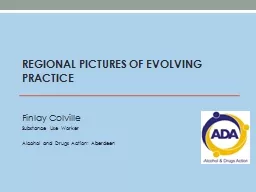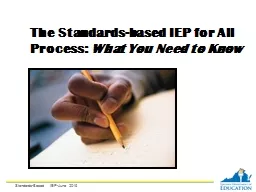PPT-The epidemiology of IPED users attending IEP services in Scotland
Author : frogspyder | Published Date : 2020-10-22
Initial insights Andrew McAuley amp Norah Palmateer SDF IPED conference 22 nd March 2017 Background Little known about IPED use in Scotland Lack of data literature
Presentation Embed Code
Download Presentation
Download Presentation The PPT/PDF document "The epidemiology of IPED users attending..." is the property of its rightful owner. Permission is granted to download and print the materials on this website for personal, non-commercial use only, and to display it on your personal computer provided you do not modify the materials and that you retain all copyright notices contained in the materials. By downloading content from our website, you accept the terms of this agreement.
The epidemiology of IPED users attending IEP services in Scotland: Transcript
Download Rules Of Document
"The epidemiology of IPED users attending IEP services in Scotland"The content belongs to its owner. You may download and print it for personal use, without modification, and keep all copyright notices. By downloading, you agree to these terms.
Related Documents














